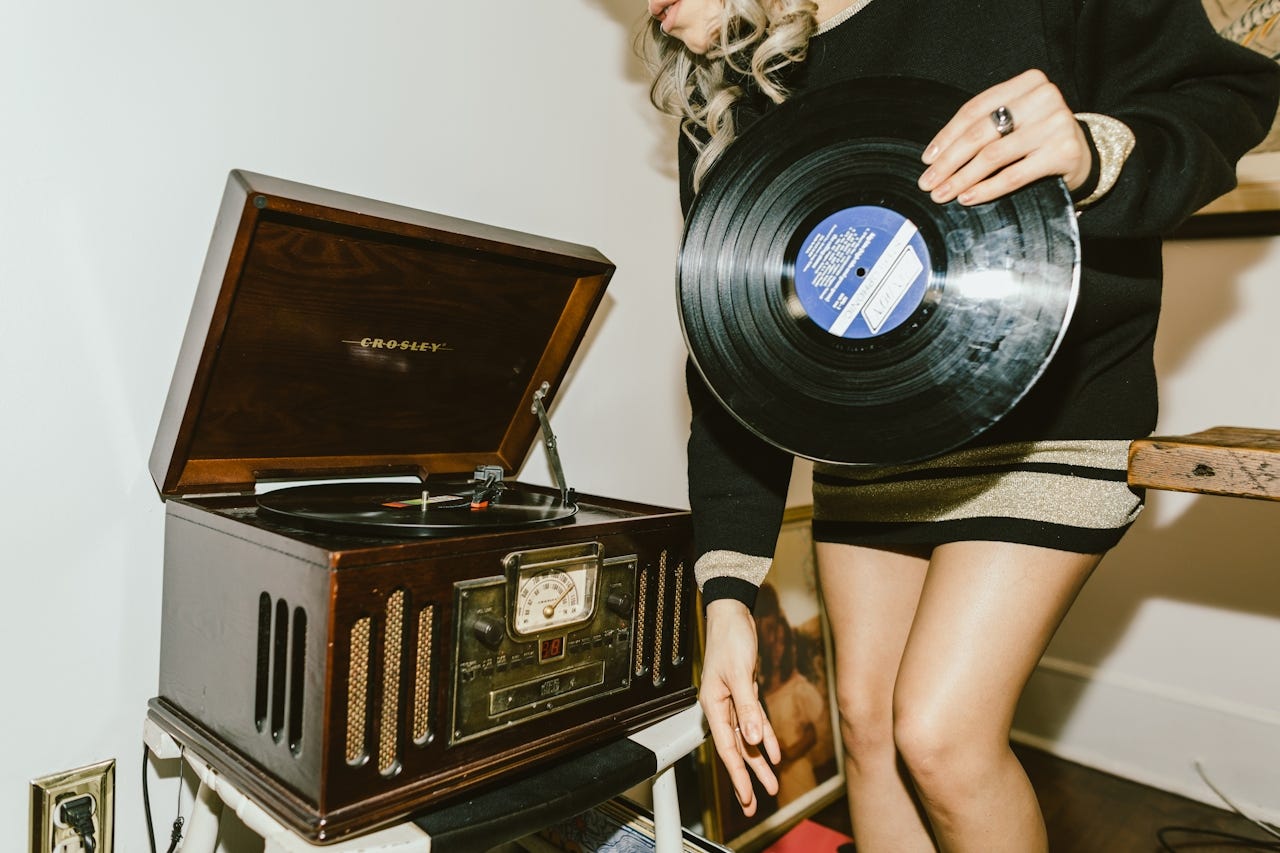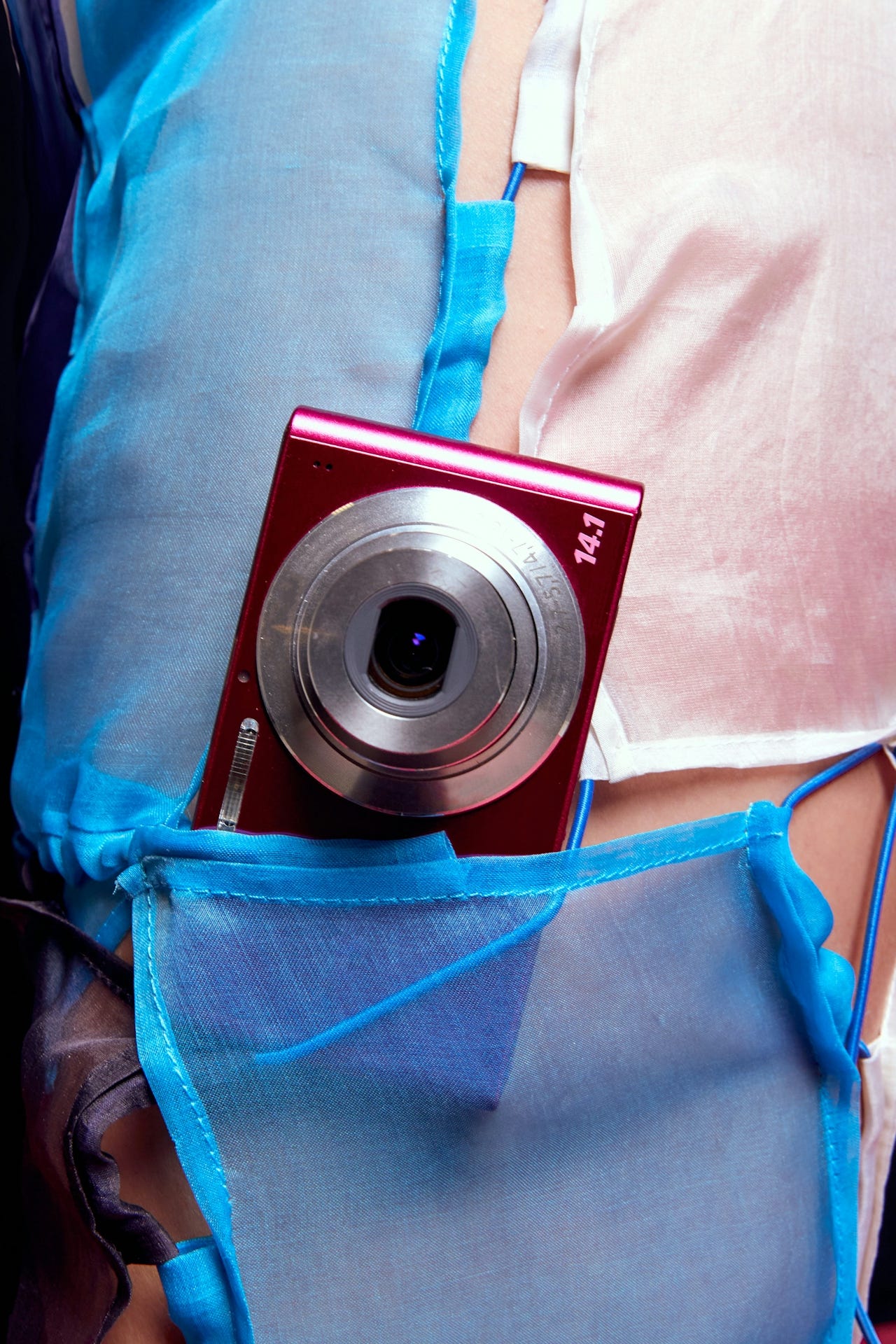The Future’s Overrated—Just Ask Gen Z
Rewind & Redesign: The Past Is Fueling the Future of Branding | Trend Breakdown
The Rise of Nostalgia in the Digital Age
Millennials and Gen Z have come of age, and they’re not just changing the economy—they’re redefining it. As the largest generational force in the global market, Gen Z alone made up 32% of the world’s population in 2020, while Millennials comprised 23%. With that kind of influence, you’d expect them to be pushing forward with the latest and greatest innovations. Instead, we’re seeing a surprising return to the vintage, the nostalgic, and the analog.
From mindfulness about sustainability to a healthy wariness of digital overstimulation (we see you, doom-scrolling), Millennials and Gen Z crave balance. They appreciate innovation but also yearn for the comforting familiarity of the past. That’s why nostalgia isn’t just a personal preference—it’s shaping design, branding, and marketing in ways businesses need to pay attention to. Whether it’s through retro-inspired logos, vintage typography, or packaging that evokes a bygone era, the impact of nostalgia-driven design is becoming impossible to ignore.
Millennials and Gen Z: The Economic Powerhouses Driving Nostalgia
Let’s talk numbers. Millennials (born 1981–1996) and Gen Z (born 1997–2012) are entering crucial life stages that will dictate the future of consumer trends and the economy. In the U.S., these generations are stepping into careers, forming households, and reshaping retail markets. They’re not just spending money—they’re deciding where entire industries should go next.
Take Costco, for example. Last year, Millennials and Gen Z households accounted for nearly half of all new memberships, a shift that highlights their growing influence on retail preferences. And globally? Gen Z is the largest generation, with 1.9 billion people, while Millennials make up the largest adult demographic in the U.S. at about 72 million people. With this level of economic power, businesses that don’t align with their tastes risk falling behind.
But what’s interesting is that this nostalgia-driven behavior isn’t just about personal taste—it’s about deeper emotional and psychological needs. Nostalgia provides a sense of stability in uncertain times. The past is known, familiar, and comforting, making it an antidote to the anxiety that often comes with modern life. For businesses, tapping into this sentiment is an opportunity to build stronger emotional connections with their audience.
Nostalgia’s Resurgence: The Y2K Tech Revival
Despite being digital natives, Millennials and Gen Z have a soft spot for the past—especially the early 2000s. The proof? The Y2K aesthetic has taken over everything from fashion to branding, and even technology.
Keep reading with a 7-day free trial
Subscribe to Butter & Bagel to keep reading this post and get 7 days of free access to the full post archives.




